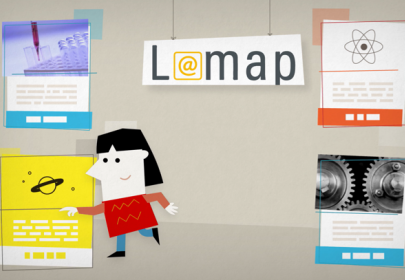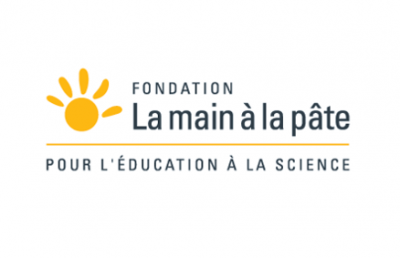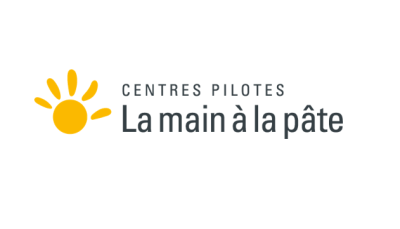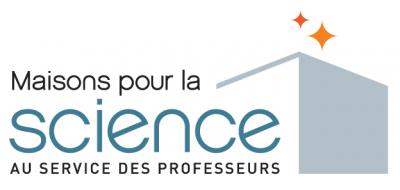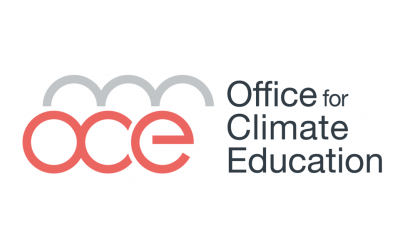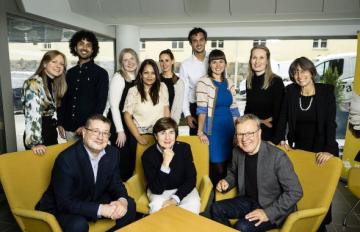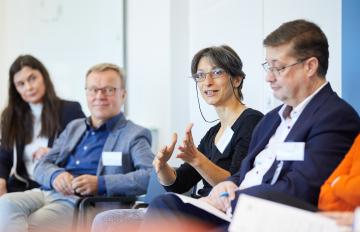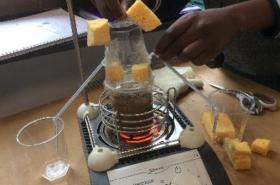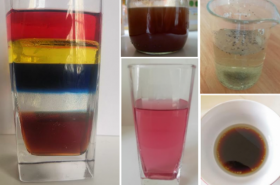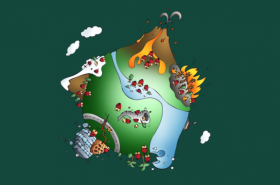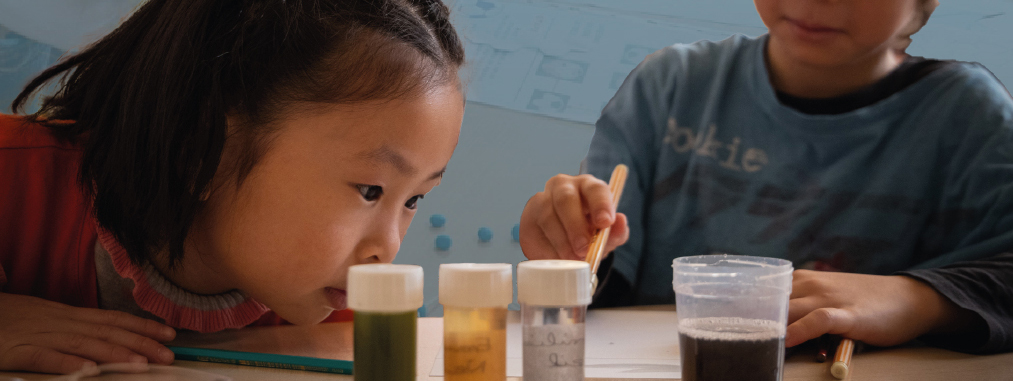Resource type
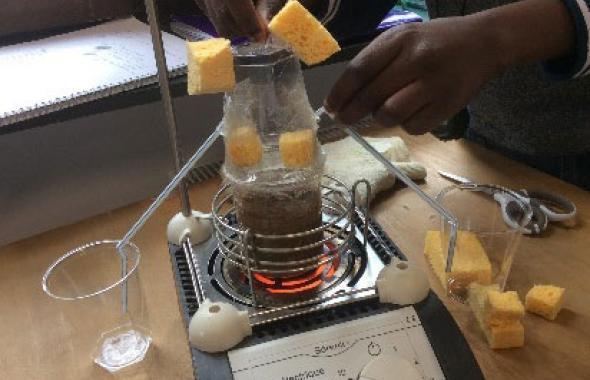
In this sequence of activities, the students mobilize their knowledge about mixtures and implement an experimental approach to separate a complex mixture (dirty water). Then, they will learn how a wastewater treatment plant works. Finally, they ask themselves questions about the notions of drinkable water and purity of water, by analyzing the composition of a mineral water.
This resource compiles work done by teachers in the La main à la pâte networks. The three stages of the water sequence can be carried out independently. We encourage teachers to create their own progression, adapted to their students and the time available.
To help teachers choose from the proposals, here is the order in which the activities were designed:
Summary : During this step, the students will apply their knowledge of mixtures and carry out an experimental approach to separate a complex mixture (dirty water).
Summary : During this stage, the students learn how a wastewater treatment plant works.
Summary : During this step, students ask questions about the notions of potability and purity of water, by analyzing the composition of mineral water.
Resource type
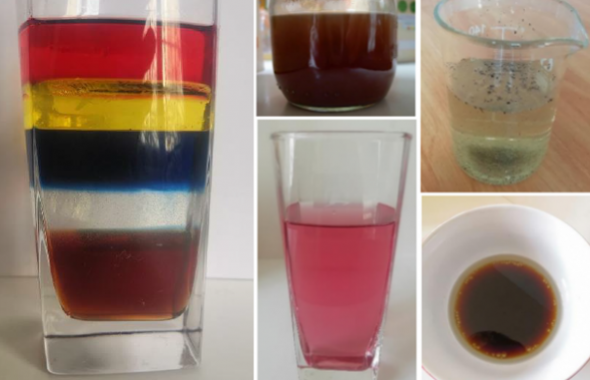
This sequence compiles older resources, produced by the teachers of the La main à la pâte networks, on the subject of mixtures of liquids and solids.
The four steps of the sequence on mixtures can be carried out independently. We encourage teachers to create their own progression, adapted to their students and the time available. To help teachers choose from the proposals, here is the order in which the activities have been designed:
Step 1: Mixtures of solids and simple liquids
Summary : During this step, students discover and make different types of mixtures. They observe and describe them with specific vocabulary.
Step 2: The concept of density
Summary : In this step, the students try to understand why oil always floats on water.
Step 3: Challenge - The Liquid Tower
Summary : In this step, students consolidate the knowledge acquired during the sequence by taking on the challenge of the liquid tower.
Step 4: Complex mixtures in everyday life
Summary : In this step, students learn about the complex mixtures around them.
In addition
Resource type
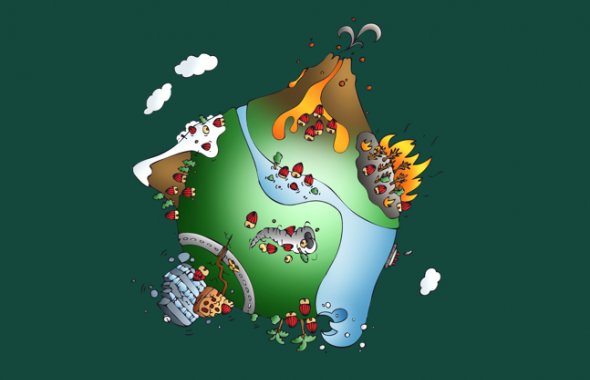
Risk education is to teach the children to live with the risks in the most responsible way possible, to give them a culture of risk and an understanding of the hazards and issues, so that they can adopt appropriate behaviors. Although it is an integral part of education for sustainable development (ESD), risk education is still hardly addressed in schools, probably due to lack of
resources or training of teachers on this topic.
Existing projects can be categorized into two generally opposing approaches :
- The first approach is action-oriented. It consists of implementing role plays or simulations (similar to fire drills) so that children develop automatic reactions and know how to behave in similar situations to that which was simulated. This approach is naturally focused on local risks which directly affect the child in school (why study volcanic risk in the Paris area, when the school is exposed to flood risk or landslides?)
- The second approach is understanding-oriented. It consists of carrying out scientific activities giving children a knowledge of risk and an understanding of the phenomena involved so that they can determine for themselves the required behaviours. This approach focuses in general on risks which have the advantage of lending themselves well to this type of investigation (it is easier to model, at the primary school, the formation of a volcano rather than the spread of a fire… besides, the volcanoes are in the program, but not forest fires!), whether they are actual risks or not, in the children's surroundings. It should be noted that even if “exotic”, certain risks are very present in the imagination of children, because they are very high profile. Media coverage focusing on emotion can easily become anxiety-provoking if it is not accompanied by an effort to understand. The school has a role to play here too. The stance taken by the authors of this book, which is innovative in this sense, is not to oppose these two approaches, but to propose a coherent educational project which combines the local and global and which focuses either on knowledge and/or actual experience.
The first three sessions offer respectively the study of volcanoes, earthquakes and tsunamis using an essentially scientific approach (but which does not ignore prevention) while the fourth provides a methodological framework intended to facilitate the study of local risk, its perception by the population, and the means by which they can protect themselves.
Resource type
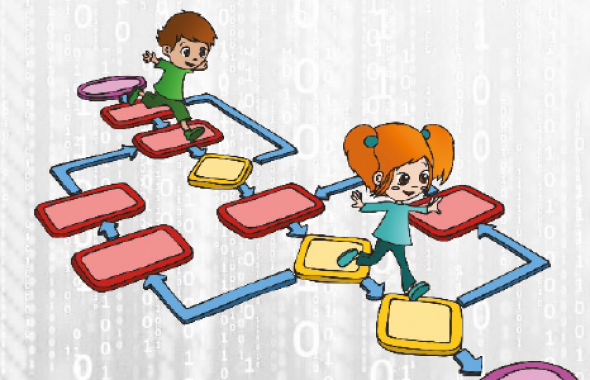
The “1,2,3...Code!” project created by the La main à la pâte foundation with support from the scientific community (in particular INRIA, the French Institute for Research in Computer
Science and Automation) aims to introduce students and teachers to computer science, from kindergarten to end of 6th grade.
It offers plugged activities (requiring a computer, tablet or automated device) that introduce programming basics and unplugged activities (computer science without a computer) that allow the teacher to address fundamental concepts in computer sciences (algorithms, languages how information is shown, etc.).
These activities are organized in ready-to-use progressions specially designed for each Level, with an emphasis on a multidisciplinary approach and active learning such as inquiry-based learning or project learning. These progressions are easily adaptable to both computer-equipped (or with tablets or automated devices) or non-equipped classes.
Découvrez L@map, la plateforme de formation en ligne pour les professeurs du premier degré et du collège.
